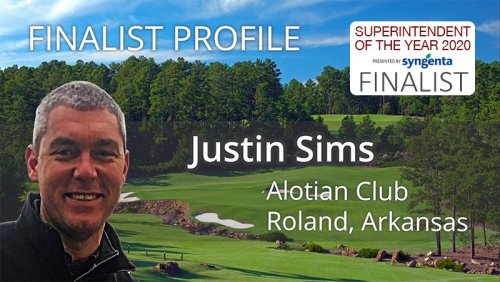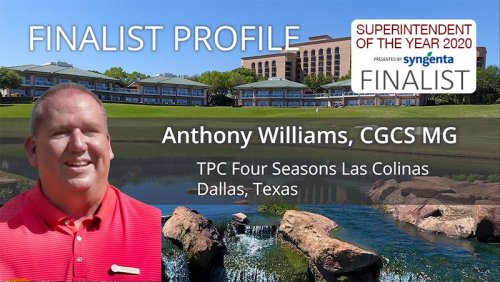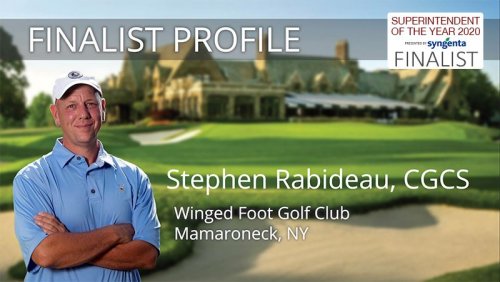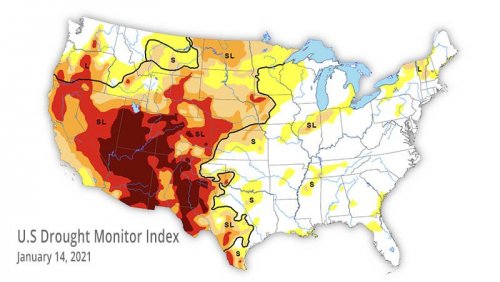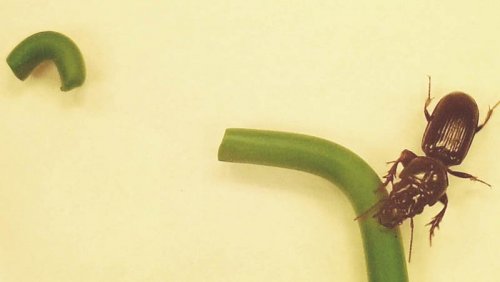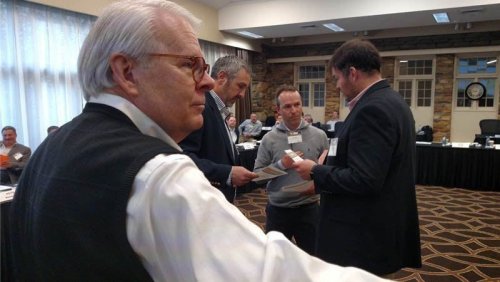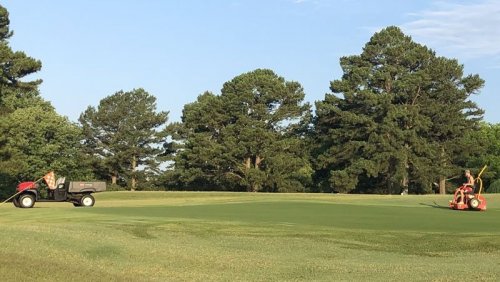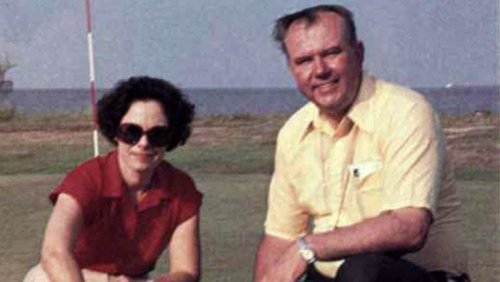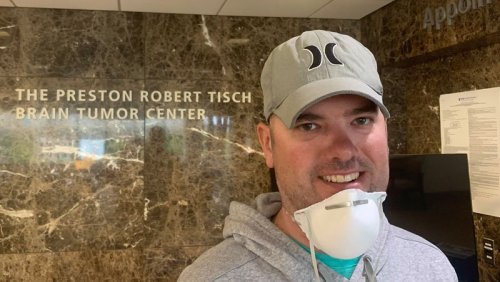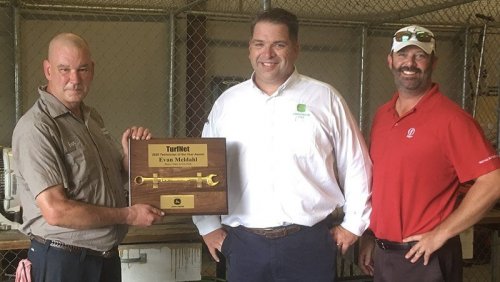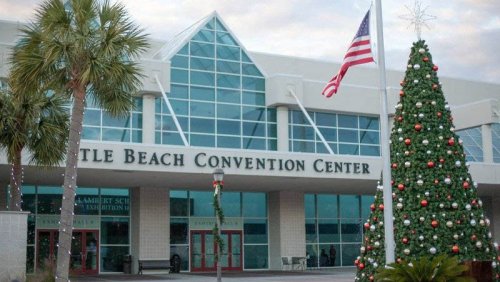
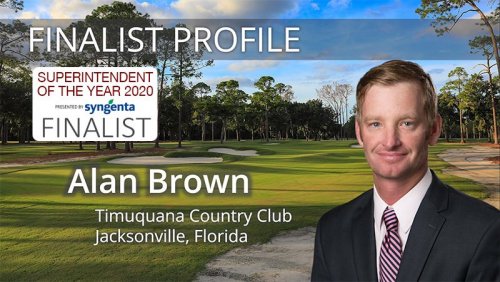
"I've gone through five hurricanes, and something good always comes out of it," said Brown, superintendent at Timuquana Country Club, a century-old Donald Ross design in Jacksonville, Florida. "I feel the same way about 2020 and the Covid issue. Something great is going to come out of it, and we are going to be better for it."
That's not to say managing the response to Covid has been easy, especially in a state with as much out-of-state traffic as Florida.
"It was changing daily," Brown said. "And we had to be open-minded about it and roll with the punches."
Although protocols for dealing with the Covid pandemic changed often in Florida and nearly everywhere else, Brown's approach to managing the response to it did not. And that consistency resulted in a successful year, including financially for the club in North Florida, those who play there and those who work there.
"We had to step back and be sensitive to everything that everyone was going through while taking care of the golf course while record rounds were going on," he said.
"We had to be sensitive when managing people and not overlooking what is important to membership, the management of the club and your staff."
Brown spreads around a lot of credit to former mentors when asked about his success managing people. He worked at Old Marsh Golf Club in Palm Beach Gardens under Steve Ehrbar (now at Jupiter Hills in Tequesta, Florida) and at the Alotian Club in Roland, Arkansas for Jim Colo (now at Naples National Golf Club in Florida) and fellow Superintendent of the Year finalist Justin Sims.
"They all gave me something that I carry with me every day," he said.
"I've learned a lot about myself, and all played an important role in developing my management style and the skills we use every day. I speak to all of these guys almost every week. I don't think you can do this job without relationships; they are vital when managing turfgrass, people and yourself. You need people to support you.
Brown has embraced a philosophy based on the lessons he learned from his mentors while giving members of his team freedom to do their jobs - and make mistakes without fear of punishment.
"What I admire most about them, they never yelled or got mad and people gave them 100 percent," he said. 'I've taken that philosophy while giving people ownership of operations and let them develop and become a better person. The people who work for you are the most important resource you have because they are the ones getting the job done."
While always important, communications with other departments within the club and administration have taken on added importance throughout the pandemic.
"We had record rounds in the past year, because we are an outlet for people working from home," he said. "The challenge is keeping conditions to the highest standards with limited labor and time.
"We have worked to communicate with the golf department, committees and membership, and that has been a big part of our success here."
- Read more...
- 2,872 views

